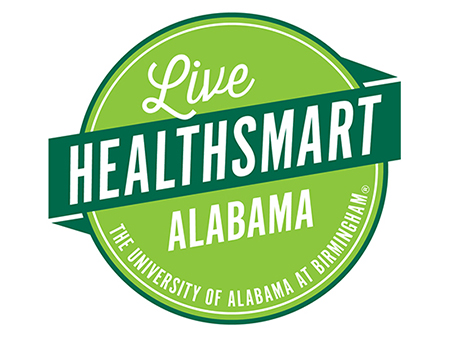 The built environment is the places and spaces in a community that can have either positive or negative effects on the mental and physical health of its residents. Built environment includes all of the physical parts of where we live, work and play, including our homes, schools, parks and playgrounds, work and community spaces, and infrastructure such as sidewalks and roads.
The built environment is the places and spaces in a community that can have either positive or negative effects on the mental and physical health of its residents. Built environment includes all of the physical parts of where we live, work and play, including our homes, schools, parks and playgrounds, work and community spaces, and infrastructure such as sidewalks and roads.
As part of Live HealthSmart Alabama, the inaugural Grand Challenge project at the University of Alabama at Birmingham, students from the UAB School of Public Health are studying the conditions of four communities to create a plan of suggested improvements and, at the same time, are learning how the built environment can impact health.
Students are collecting data on more than 60 built environment-related variables in four Birmingham neighborhoods: Titusville, Bush Hills, Kingston and East Lake. Some of the variables include the condition of sidewalks, whether there are crosswalks, trash on the ground, blighted properties, abandoned buildings, bars on windows and doors, bus stops, and whether graffiti is present. They are also tracking advertisements on billboards in these neighborhoods to better understand marketing practices of specific items such as tobacco or alcohol.
“We are looking at the impact of the built environment on many aspects of health, including physical activity, diet, obesity, pedestrian injuries and mental illness,” said Lisa McCormick, DrPH, associate dean for Public Health Practice at UAB and the leader of this project. “If you live in a depressed environment, you are more likely to be depressed. If you do not have access to safe outdoor areas to exercise, this could lead to higher rates of obesity.”
READ MORE: Conquering the state’s biggest health challenges begins in earnest.
In order to study each neighborhood, the students have been placed into teams and assigned to rate 80 street segments. The groups are using Google Street View images and a virtual audit system, CANVAS-Street View, to gather initial data. In early April, students will collect additional data by visiting neighborhoods and will meet with community leaders to learn firsthand what issues are most important to residents.
“By going into the community, we will be able to see if the virtual images are giving us accurate information that will help us suggest potential areas of improvement for the neighborhoods,” McCormick said.
Once the data is collected and analyzed, McCormick says, the students will work with representatives from each community to report on what they found and provide recommendations on how the community could be improved and how to make those improvements.
“My hope is that the residents will use this information and recommendations to advocate to the city for improvements to their neighborhood,” McCormick explained.
| UAB’s Grand Challenge — Live HealthSmart Alabama — is a key component of the institution’s strategic plan, Forging the Future. Live HealthSmart Alabama is an enterprise in partnership with more than 90 community, government, business, education, faith based organizations and other agencies designed to transform Alabama’s health. |
As for students, this is a way for them to gain real-world experience in assessing a community’s built environment and its assets. They are able to apply what they have learned in the classroom to these neighborhoods.
“Students are noticing that there are not crosswalks across from grocery stores, so people cannot safely cross the street to purchase food,” McCormick said. “They are starting to think about access to food, how advertisements can unfairly influence a certain population and how the physical disorder of neighborhoods could affect mental health.”
“Live HealthSmart Alabama is a collaborative effort and we hope this work by our students will have an impact on these communities,” said Mona Fouad, M.D., director of the UAB Minority Health & Health Disparities Research Center and principal investigator of the Live HealthSmart Alabama initiative. “The students are applying their research and helping us achieve our goal of a healthier Alabama.”
The students are all seeking their master’s degree in public health and participating in the MPH capstone course. The project started last semester and will continue through the spring.
Live HealthSmart Alabama was created to inspire the entire state and tackle its significant and intractable health problems. The enterprise is a comprehensive plan to work with businesses, schools, faith-based organizations and nonprofits in order to make changes to policies, systems and the built environment impacting the health of Alabamians.
For more information, visit www.uab.edu/livehealthsmartal.